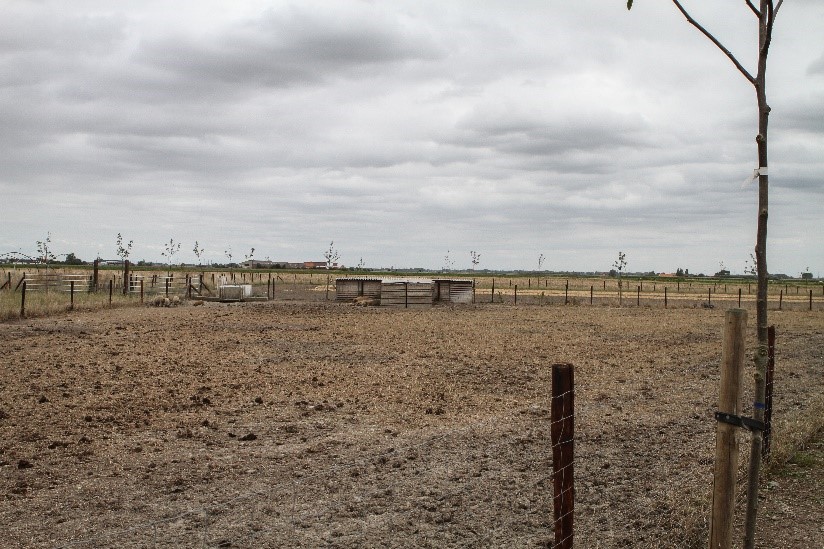Quel a été le défi/problème abordé?
Actuellement, there are no hazelnuts grown for the market in the Free State of Thuringia, Allemagne. To ensure regional supply in the future, the project aims to lay the foundation for the establishment of hazelnut production in Thuringia. Jusque là, only ungrafted plants have been used in the main global cultivation areas of hazelnuts. This raises the question, whether grafting plants with another rootstock can lead to a higher growth and more yields. The most optimum cultivation systems suitable for practical conditions must be found. To measure the profitability of hazelnut cultivation using an example farm, economic data will be collected through each production stage. en outre, research on the C.nucum, a significant pest in hazelnut production, will be carried out as a reaction to the difficulties in the control of it.
Comment as-tu résolu le problème?
To overcome the problems, hazelnut test groves at five different locations in Thuringia will be established using an innovative approach with different varieties and scion-rootstock combinations and planting density to find the most suitable cultivation system. en outre, economic data will be collected together with the farmer throughout each production stage for later assessment of the profitability of hazelnut production. en outre, the nutrient contents of different variety of hazelnuts will be analysed and compared to be able to recommend varieties. To develop control mechanisms of the C.nucum, its life cycle will be studied by observing the infestation development in the test groves and carrying out respective research.
Ce qui est innovant dans votre cas pratique?
The project is innovative due to the application of a spindle-cut on various hazelnut varieties and scion-rootstock combinations that are planted in different densities to find the most optimal cultivation system under practical conditions. The spindle shape originates from the area of fruit production, which ensures a higher light exposure and air permeability. The cultivation systems have not yet been applied to grafted hazelnut plants under practical conditions in Germany and also in neighbouring countries, results are not profoundly documented. en outre, literature on the C. nucum is contradicting, but a good knowledge on the life cycle is necessary to develop regulating mechanisms. To support laboratory examinations, the infestation on the test groves will be monitored.
Quels sont les facteurs de succès pour résoudre le problème?
The first test groves have been established during the season 2018/2019, through which the focus during the first years was to ensure an optimal development of the plants. Parallel, the development and parameters like nutrient contents, yields, plant growth and flowering periods are assessed and recorded. In the following years, the development of hazelnut plants will be further observed and data documented in order to assess yield potentials and economic viability. Excursions and networking activities took place, to connect farmers, research and advisors and support knowledge exchange on management, harvesting- and processing techniques.
Leçons apprises
Through the project, first experiences in hazelnut cultivation and its management could be gained and responses to emerging challenges like pests, disease and dry periods were made. Practical lessons learned have been summarized in a document and can be shared. Focus during the first years was the establishment of test groves in a spindle shape and knowledge exchange with stakeholders of the hazelnut sector in Europe. The focus during the next years will be on further collecting data to be able to determine the optimal cultivation system.
Quel rôle joue le conseiller ou le service de conseil dans le cas pratique?
Advisors supported the farmers with the establishment and management of the test groves- from planting to weeding and cutting. As the plants get bigger, they will in addition play a big role in the identification of pests and disease and its regulations.
Votre approche peut-elle être transférée et/ou adaptée à d'autres défis d'innovation et régions?
Oui
Transférabilité estimée sur une échelle de 1 pour 5
(où 1 est facile et 5 très difficile)
2
Le moment est critique pour mettre fin à la culture de couverture et la disponibilité de la sertisseuse à rouleaux peut représenter un goulot d'étranglement, Pour toutes questions et demandes de renseignements sur les prochaines classes d'excellence
Mia Schoeber
m.schoeber@oekoherz.de
Lien vers des informations externes
